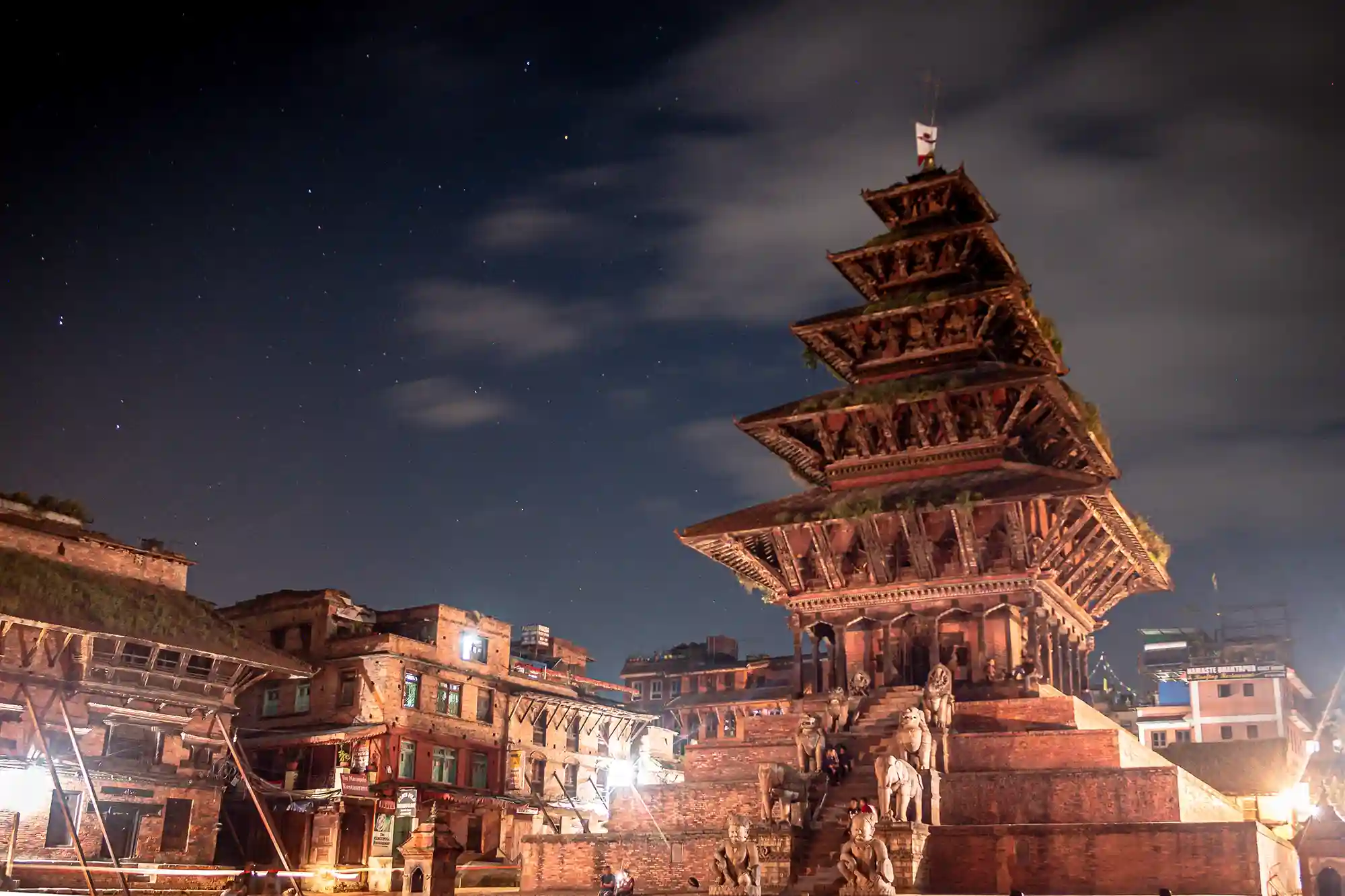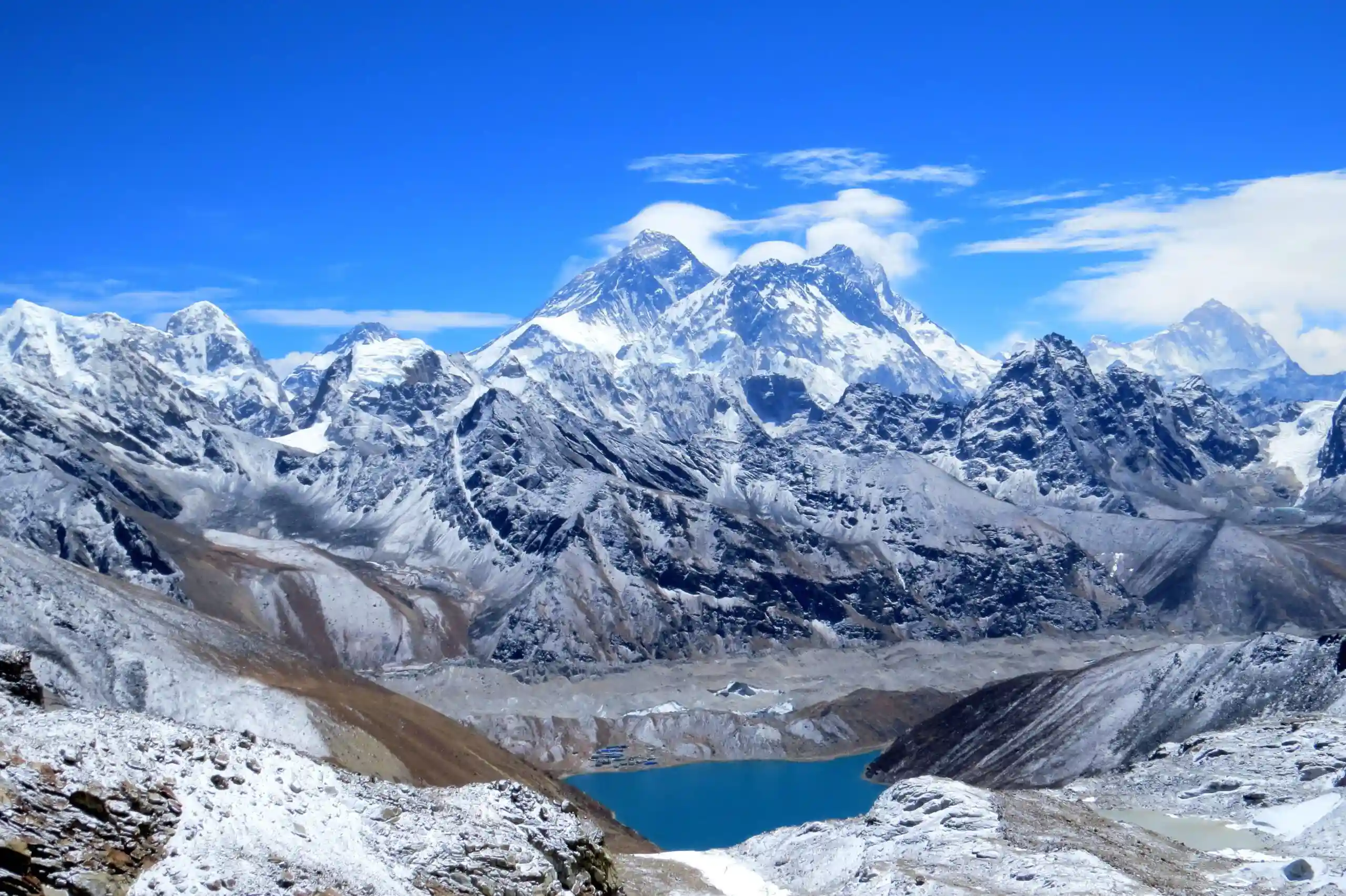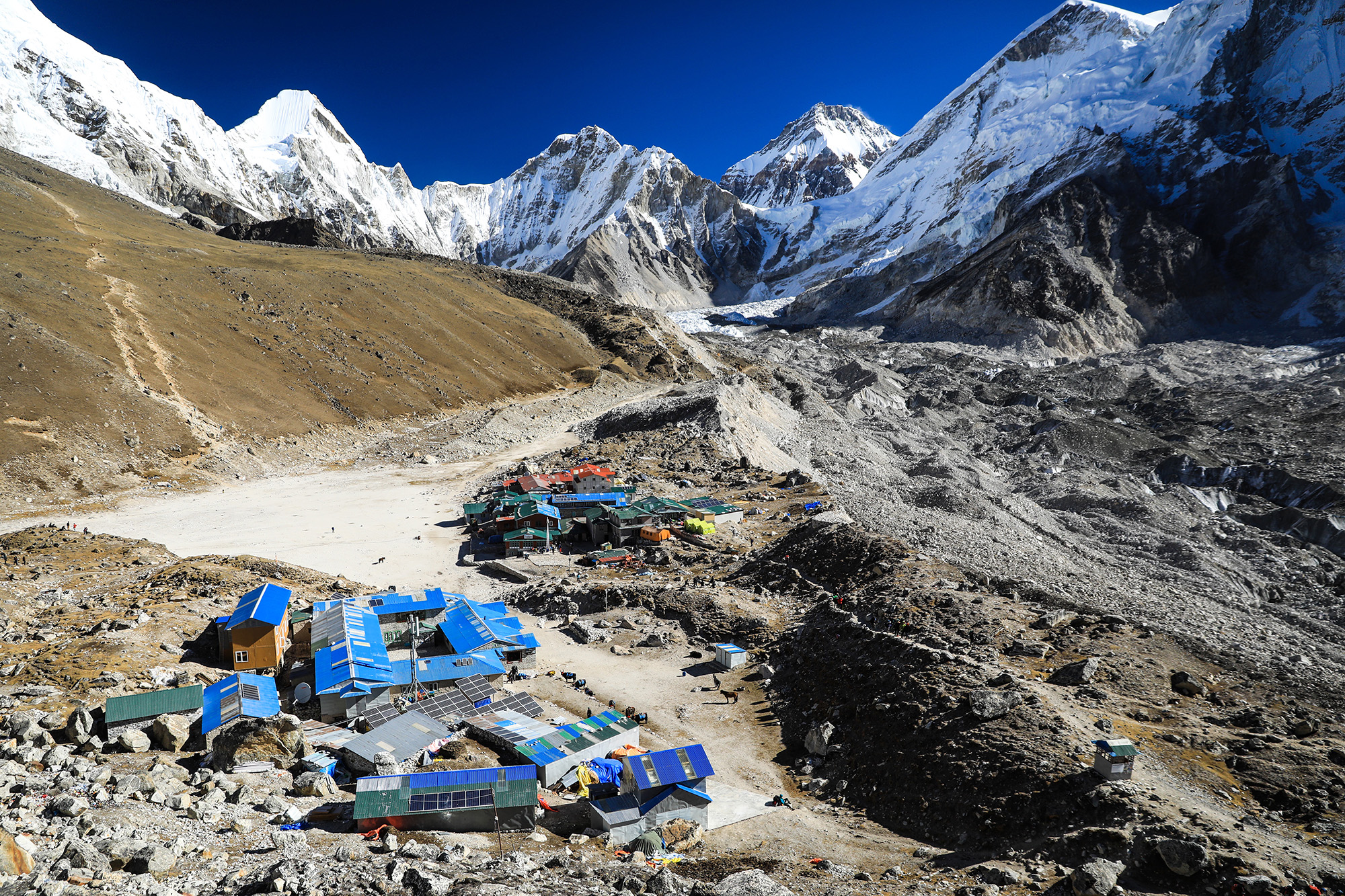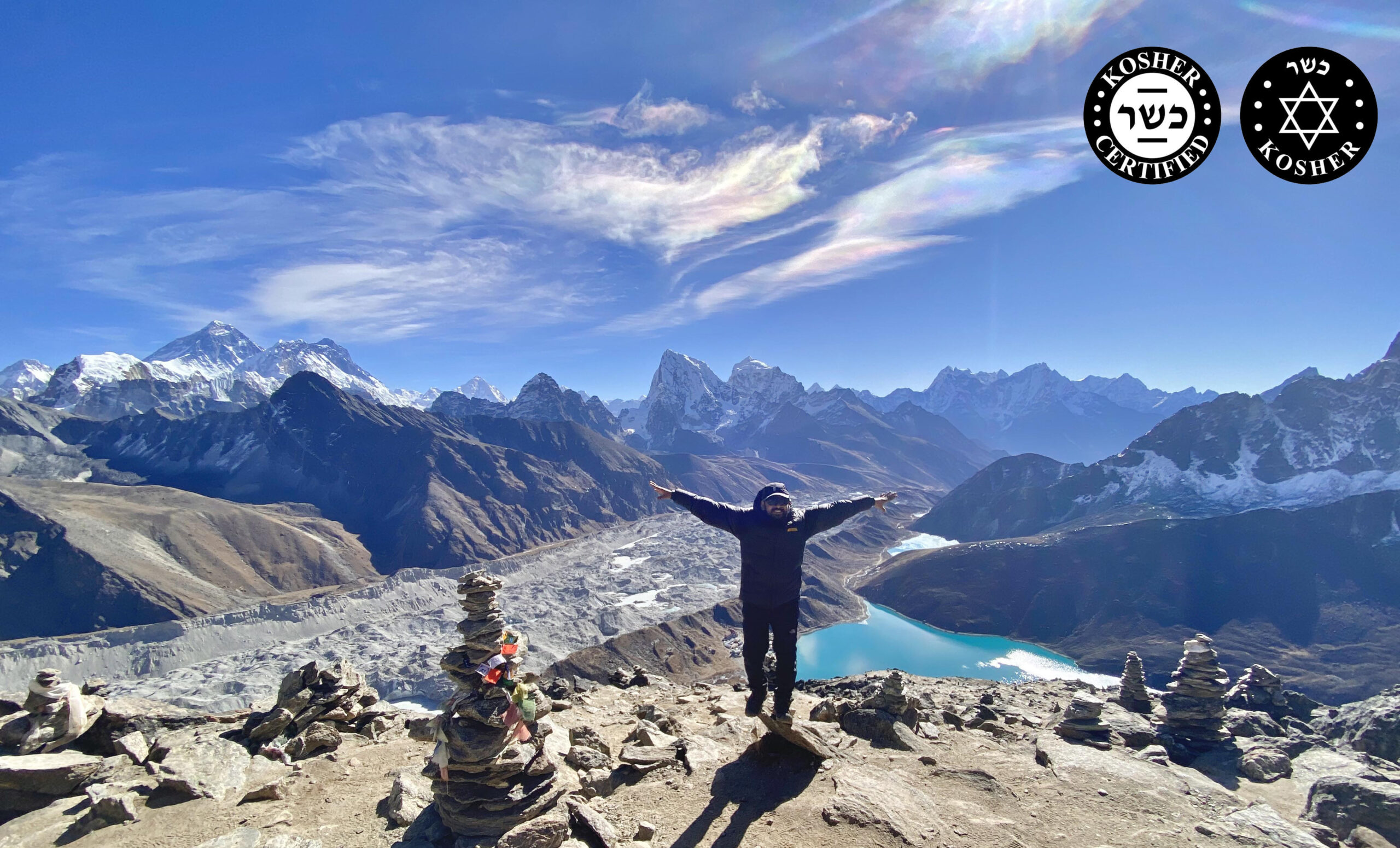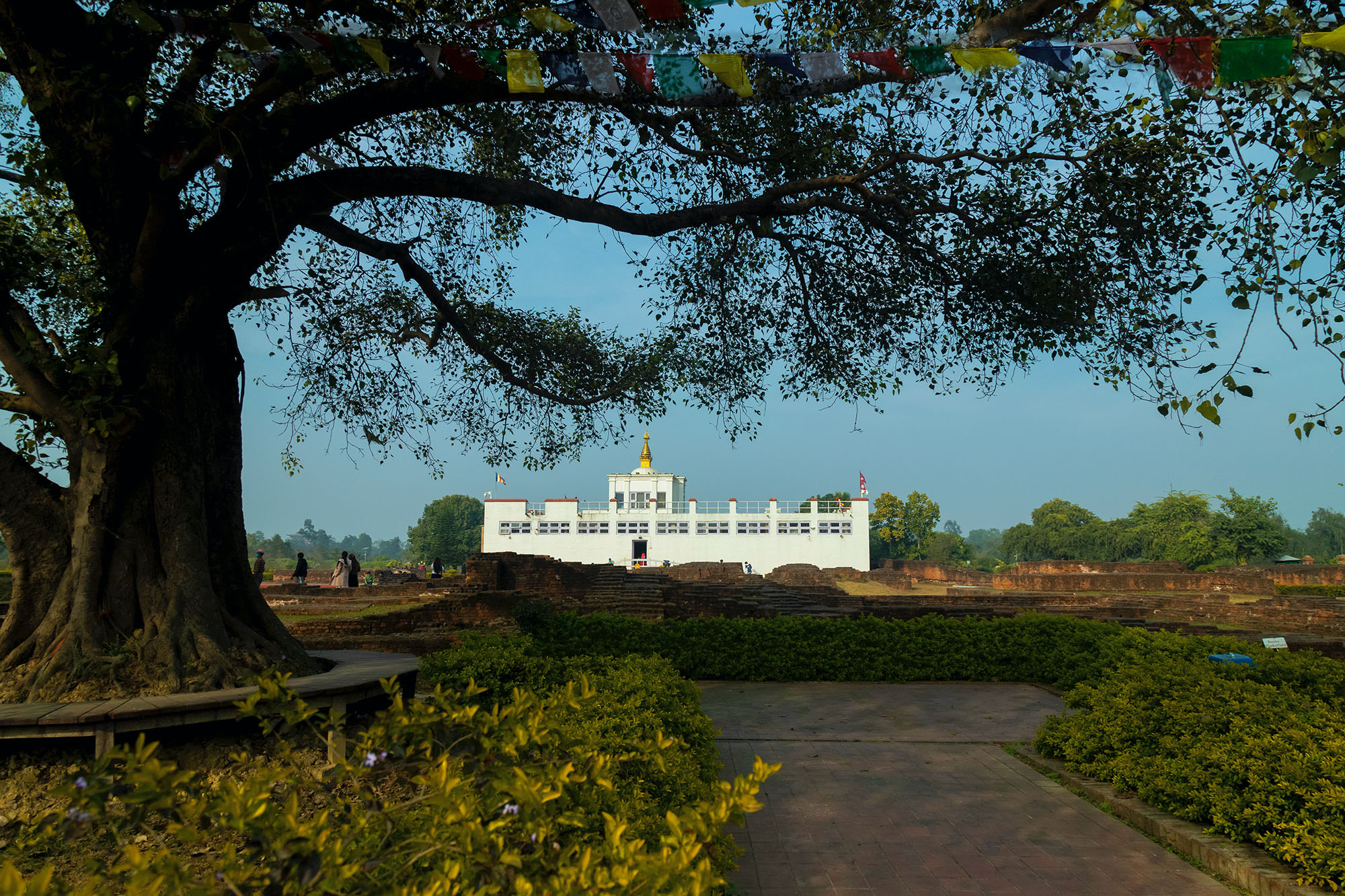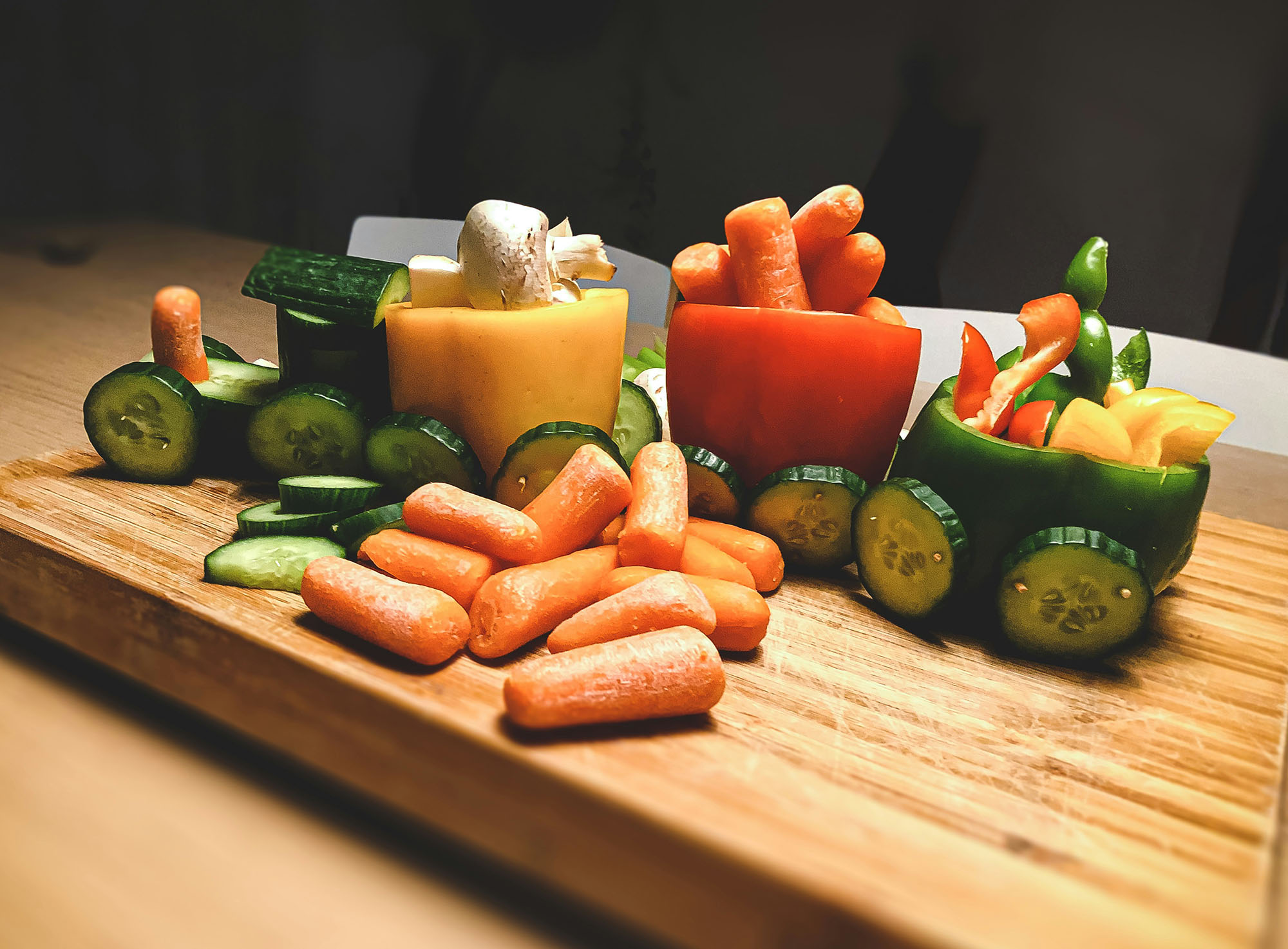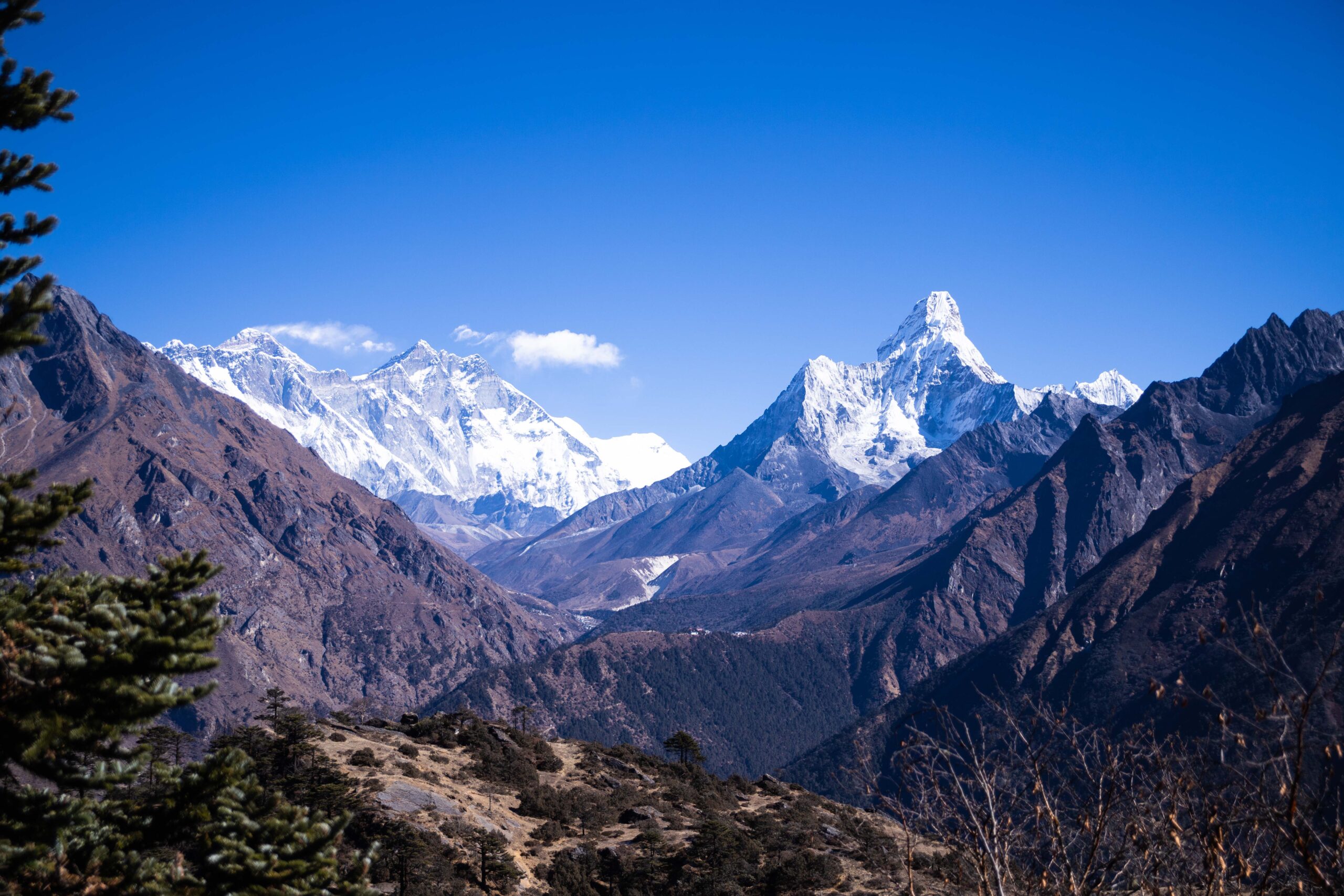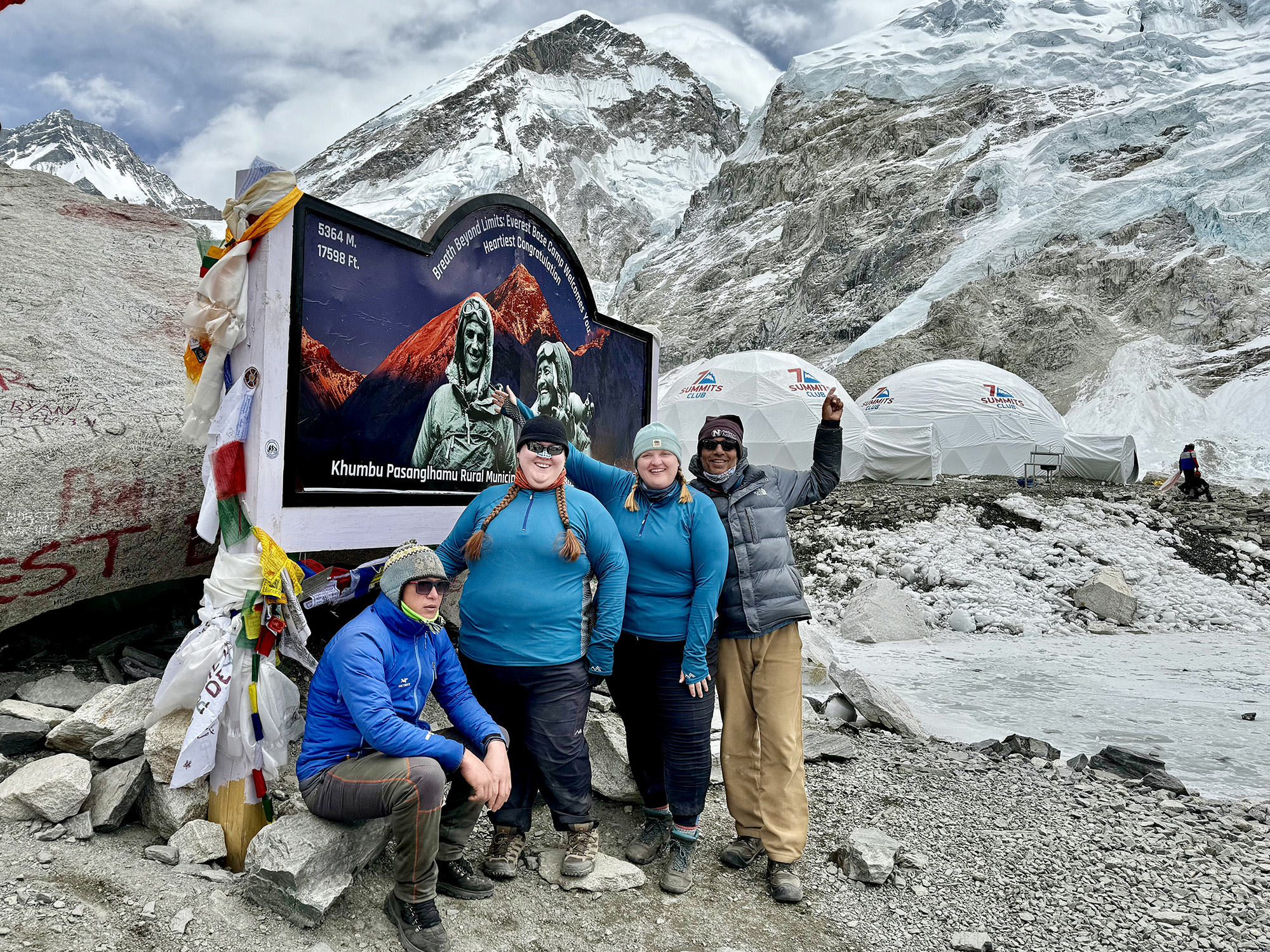Introduction:
Embark on a cultural journey like no other as we guide you through the enchanting Kathmandu Valley. This comprehensive tour takes you beyond the surface, delving into the rich tapestry of history, spirituality, and vibrant traditions that define Nepal’s capital. From ancient temples to bustling marketplaces, our guide will help you navigate the treasures hidden within the Kathmandu Valley.
Section 1: Unveiling the Kathmandu Valley
A Cultural Melting Pot
Discover the heart of Nepal as we explore the Kathmandu Valley, a UNESCO World Heritage Site renowned for its architectural marvels and cultural significance. This valley is not merely a destination; it’s a living testament to centuries of history, blending Hindu and Buddhist influences in a harmonious coexistence.
The Three Ancient Cities
Delve into the distinct personalities of Kathmandu, Bhaktapur, and Patan – the three ancient cities that collectively form the Kathmandu Valley. Each city boasts its own unique charm, preserving ancient traditions while embracing modern influences.

—
Section 2: Exploring Kathmandu
Durbar Square – Living History
Step back in time as you explore Kathmandu’s Durbar Square, a historical center surrounded by intricately designed palaces, courtyards, and temples. Uncover the stories behind each architectural marvel, and witness daily life unfold against the backdrop of centuries-old structures.

Swayambhunath – The Monkey Temple
Ascend to the iconic Swayambhunath stupa, perched atop a hill, and be greeted by the watchful eyes of the Buddha. Explore the prayer wheels, fluttering prayer flags, and the playful monkeys that call this sacred site home.
Pashupatinath – Holiest Hindu Temple
Journey to Pashupatinath, Nepal’s holiest Hindu temple dedicated to Lord Shiva. Witness the rituals along the sacred Bagmati River, where the cycle of life and death unfolds in a profound display of spirituality.
—
Section 3: Bhaktapur – City of Devotees
Bhaktapur Durbar Square – Timeless Elegance
Immerse yourself in the medieval charm of Bhaktapur Durbar Square, where intricately carved wooden structures and ancient architecture transport you to a bygone era. Discover the craftsmanship of the Newari artisans that has stood the test of time.
Nyatapola Temple – Engineering Marvel
Marvel at the Nyatapola Temple, a five-tiered pagoda that stands as a testament to ancient engineering prowess. Climb the steps and take in panoramic views of the city, appreciating the architectural splendor that defines Bhaktapur.
—
Section 4: Patan – City of Fine Arts
Patan Durbar Square – Artistic Heritage
Stroll through Patan Durbar Square, a hub of fine arts and traditional craftsmanship. Admire the intricate carvings, metalwork, and ancient statues that showcase the city’s artistic legacy.
Golden Temple – Tranquil Retreat
Visit the Golden Temple, a hidden gem in Patan, known for its serene courtyard and golden façade. Discover the tranquil atmosphere of this Buddhist monastery and soak in the spiritual ambiance.
—
Beyond Monuments – Local Experiences
Thamel – Vibrant Hub of Culture and Commerce
Immerse yourself in the vibrant energy of Thamel, Kathmandu’s bustling neighborhood. Navigate through narrow alleys filled with colorful shops, cafes, and vibrant street life, offering a taste of modern Nepal amid traditional surroundings.
Local Cuisine Exploration
Savor the flavors of Nepal with a culinary exploration. Dive into local eateries to taste momos, dal bhat, and other traditional dishes, providing a gastronomic journey that complements the cultural richness of the Kathmandu Valley.
—
Practical Tips and Considerations
Cultural Etiquette
Navigate the cultural nuances of the Kathmandu Valley with insights into respectful practices when visiting temples, interacting with locals, and participating in rituals.
Transportation and Accommodation
Get practical tips on navigating the city, from local transportation options to recommendations for comfortable accommodations that offer a blend of convenience and cultural immersion.
—
Conclusion: The Kathmandu Valley – A Living Heritage
Wrap up your Kathmandu Valley Tour with awe and appreciation for the living heritage permeating every corner of this ancient realm. From the bustling markets to the serene temple courtyards, the Kathmandu Valley is not just a destination; it’s a captivating experience that leaves an indelible mark on the soul. As you bid farewell to this cultural haven, carry with you the memories of centuries-old traditions, the Nepali people’s warmth, and the Kathmandu Valley’s timeless allure. Your journey is not just a tour; it’s an immersion into the living history and vibrant culture that define Nepal’s capital.

